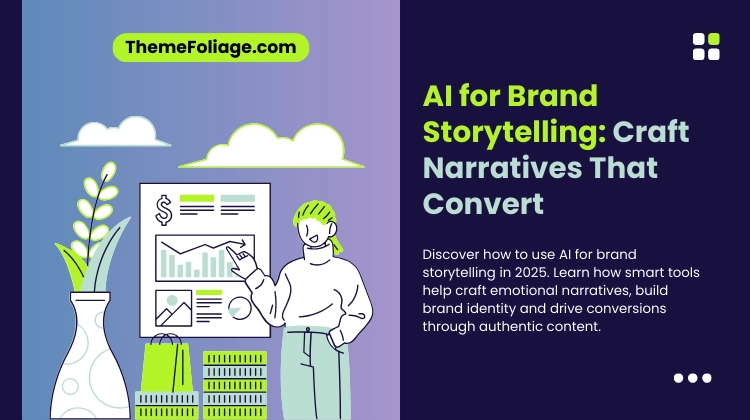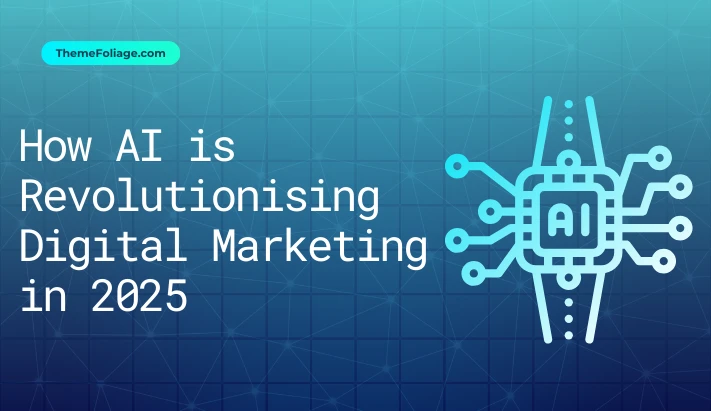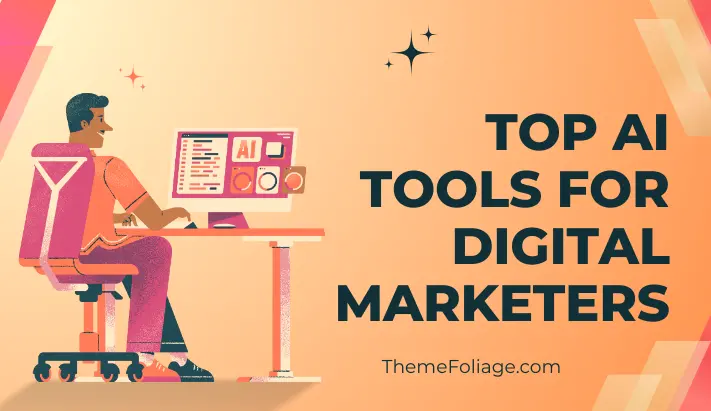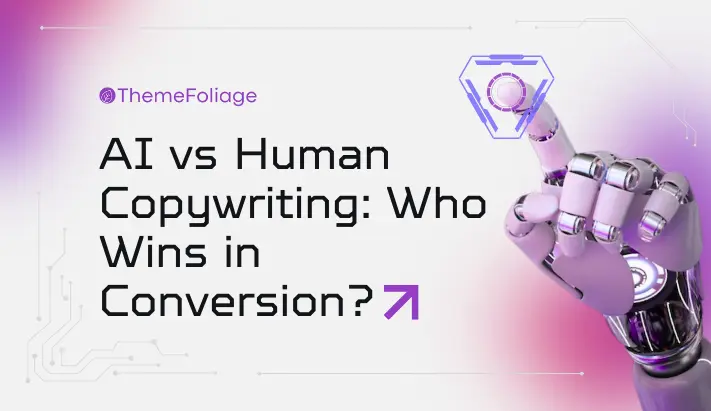In 2025, brand storytelling is no longer just a creative exercise, it’s a strategic asset. With artificial intelligence now embedded in content creation, marketers can craft emotionally resonant narratives that scale across platforms and audiences.
AI for brand storytelling is helping businesses define their voice, connect with customers, and convert attention into loyalty.
This guide explores how AI is transforming brand storytelling, the tools leading the charge, and how you can build a narrative system that’s both authentic and automated.
Why Brand Storytelling Matters
People don’t buy products, they buy stories. A compelling brand narrative builds trust, evokes emotion and differentiates you in a crowded market. According to Edelman, 63% of consumers say they buy from brands that share their values and beliefs.
AI enhances storytelling by:
- Generating narrative frameworks based on audience data
- Personalising stories for different segments
- Maintaining tone and voice consistency across channels
- Scaling emotional messaging without losing authenticity
As HubSpot noted, “AI is helping brands tell better stories—not by replacing creativity, but by amplifying it.”
Core Applications of AI in Brand Storytelling
1. Brand Voice Development
AI tools like Writer, Copy.ai and Jasper.ai can analyse your existing content and help define a consistent brand voice. They generate tone guidelines, vocabulary preferences and emotional triggers that align with your brand identity.
Use Case: A wellness brand uses Writer to create a calming, empathetic tone guide that’s applied across blog posts, email campaigns and product descriptions.
2. Story Framework Generation
Platforms like StoryLab.ai and Copilot generate storytelling structures based on your brand’s mission, values and customer journey. These include hero’s journey formats, problem-solution arcs and transformation narratives.
Use Case: A startup uses StoryLab.ai to craft a founder-led brand story that highlights resilience, innovation and community impact.
3. Audience-Centric Messaging
AI tools such as Persado and Phrasee analyse audience behaviour and generate emotionally resonant messaging tailored to different segments. They identify which emotions—trust, excitement, urgency—drive engagement.
Use Case: An eCommerce brand uses Persado to generate product descriptions that evoke excitement for Gen Z and trust for older demographics.
4. Cross-Channel Story Distribution
AI platforms like Lately.ai and Ocoya repurpose long-form brand stories into social media posts, email snippets and ad copy. They maintain tone and narrative flow while adapting format and length.
Use Case: A brand’s origin story is turned into a LinkedIn post, Instagram carousel and email welcome sequence, all generated by AI.
5. Real-Time Story Adaptation
AI analytics tools such as Ortto and Narrato monitor engagement and suggest story tweaks based on performance. If a particular message underperforms, AI recommends alternative phrasing or emotional angles.
Use Case: A campaign about sustainability receives low engagement. AI suggests reframing the message around community impact and shared responsibility.
Recommended AI Tools for Brand Storytelling (2025)
CHeck out these tools’ official prices on their website before you plan on buying them.
| Tool | Function | Pricing (USD) |
|---|---|---|
| Jasper.ai | Narrative generation and tone control | From $49/month |
| Writer | Brand voice development | From $25/month per user |
| StoryLab.ai | Story framework generation | From $19/month |
| Persado | Emotion-based messaging | Custom pricing |
| Lately.ai | Cross-channel content repurposing | From $49/month |
| Ortto | Performance analytics and adaptation | From $29/month |
Real-World Example
A direct-to-consumer skincare brand used Jasper.ai and StoryLab.ai to craft a brand story around self-care and empowerment.
They repurposed the narrative across their website, email funnel and social media. Within two months, engagement increased by 47%, and repeat purchases rose by 22%.
How to Build Your AI Brand Storytelling System
- Define Your Brand Pillars: Use AI to analyse your mission, values and customer pain points.
- Develop a Voice Guide: Use Writer or Jasper to create tone, vocabulary and emotional triggers.
- Generate Story Frameworks: Use StoryLab.ai to build narratives around your brand journey, product evolution or customer transformation.
- Segment and Personalise: Use Persado or Phrasee to tailor messaging for different audience groups.
- Repurpose and Distribute: Use Lately.ai to adapt stories for social, email and ads.
- Monitor and Refine: Use Ortto to track performance and adjust messaging based on engagement data.
Challenges and Considerations
- Authenticity: AI should support—not replace—human storytelling. Review outputs for emotional depth and brand alignment.
- Over-Automation: Avoid generic messaging. Blend AI efficiency with personal insight.
- Cultural Sensitivity: Ensure AI-generated stories respect regional and cultural nuances.
- Data Privacy: When personalising stories, ensure compliance with data protection laws.
Final Thoughts
AI for brand storytelling is a strategic advantage in 2025. By combining emotional intelligence, data-driven insights and scalable automation, marketers can craft narratives that connect, convert and endure.
Start with your brand’s origin, build a voice guide and let AI help you tell stories that matter—across every channel, to every audience.



